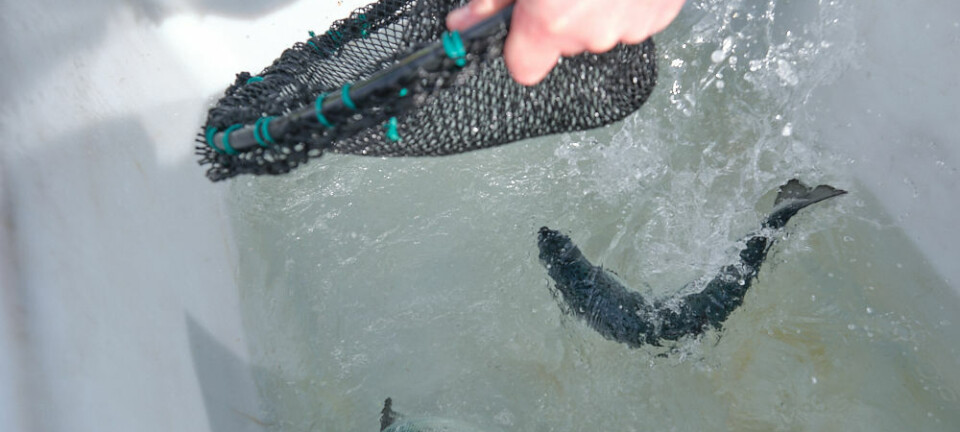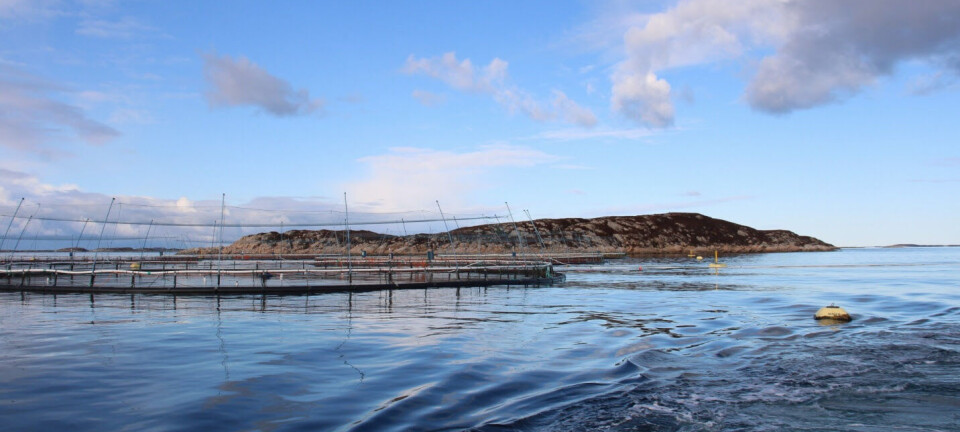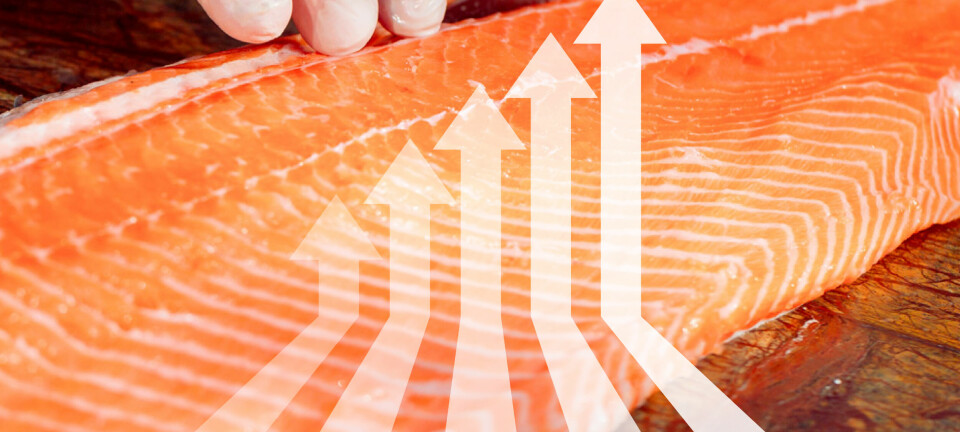
AI application developed to identify salmon species and freshness
Taiwan: Model capable of distinguishing between salmon and trout, and classifying the freshness of the product through images, may help consumers beat the cheats by using smartphones
In some countries, the mislabelling of lower-value species as premium products remains a widespread problem that compromises food safety in the aquaculture industry, consumer confidence, and regulatory oversight, reports Fish Farming Expert's Chilean sister site, Salmonexpert.cl.
One example is the substitution of Atlantic salmon with rainbow trout in supermarkets and sushi restaurants, where visual similarities can easily confuse consumers.
On the other hand, the freshness and quality of salmon are closely linked to visual attributes such as flesh colour, sheen, and marbling. Unlike chemical or microscopic measurements, which require laboratory equipment, visual indicators can be quickly assessed using images, making them especially relevant for consumers, for example.
Smartphone compatible
Scientists from the United States and Taiwan have thus developed a smartphone-compatible deep learning-based detection system for identifying the species and classifying the freshness of salmon.
The software analyses the images in real time in two stages: first, it classifies the types of fish meat and, subsequently, it classifies the freshness of the salmon into three levels according to visual cues.
According to experts, experimental results show that the two-stage method outperforms the one-stage approach and several reference models, "achieving robust accuracy in both sorting and classification tasks".
However, the authors acknowledge that blur, camera tilt, lighting conditions, and product packaging can be challenging for delivering results.

Following the experimental phase, scientists will focus on expanding and diversifying the dataset, integrating biochemical markers of freshness to improve scientific validity, and testing the model under real-world conditions, such as packaged fish, supermarket lighting, and various smartphones. They will also seek external validation using images captured by consumers and comparison with human inspectors.
“Overall, the proposed system represents a practical, consumer-oriented tool for seafood authentication and freshness assessment, with the potential to improve food safety and consumer protection,” the researchers concluded regarding its development.
Read the full study, “A Deep Learning-Based Sensing System for Identifying Salmon and Rainbow Trout Meat and Grading Freshness for Consumer Protection,” here.








































































